Key Takeaways
- Different fly species have unique traits and habitats.
- Flies are drawn to food, waste, water, and shelter.
- Seal entries, remove breeding spots, and use repellents or traps.
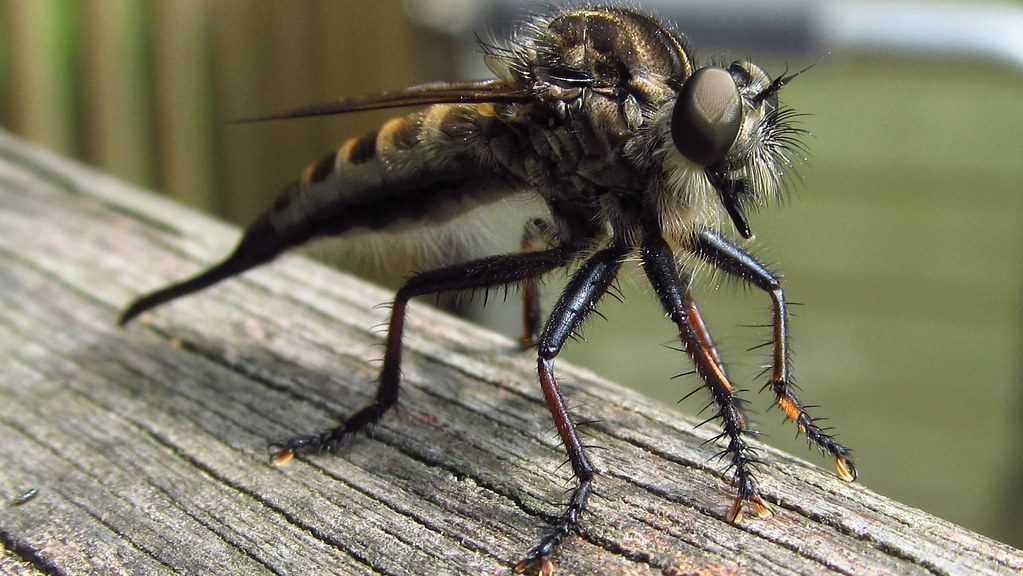 Did you know that flies are responsible for spreading over 65 human diseases worldwide?
They are among the most common insects encountered around the world. From the familiar house fly to the biting sand fly, these pests come in many forms, each with unique behaviors, habitats, and control methods. While some flies play beneficial roles in decomposition and pollination, others pose health risks by spreading diseases and can be dangerous .
In this guide, we’ll talk about the most common types of flies, their physical characteristics, and how to prevent them from invading your home or outdoor space.
Did you know that flies are responsible for spreading over 65 human diseases worldwide?
They are among the most common insects encountered around the world. From the familiar house fly to the biting sand fly, these pests come in many forms, each with unique behaviors, habitats, and control methods. While some flies play beneficial roles in decomposition and pollination, others pose health risks by spreading diseases and can be dangerous .
In this guide, we’ll talk about the most common types of flies, their physical characteristics, and how to prevent them from invading your home or outdoor space.
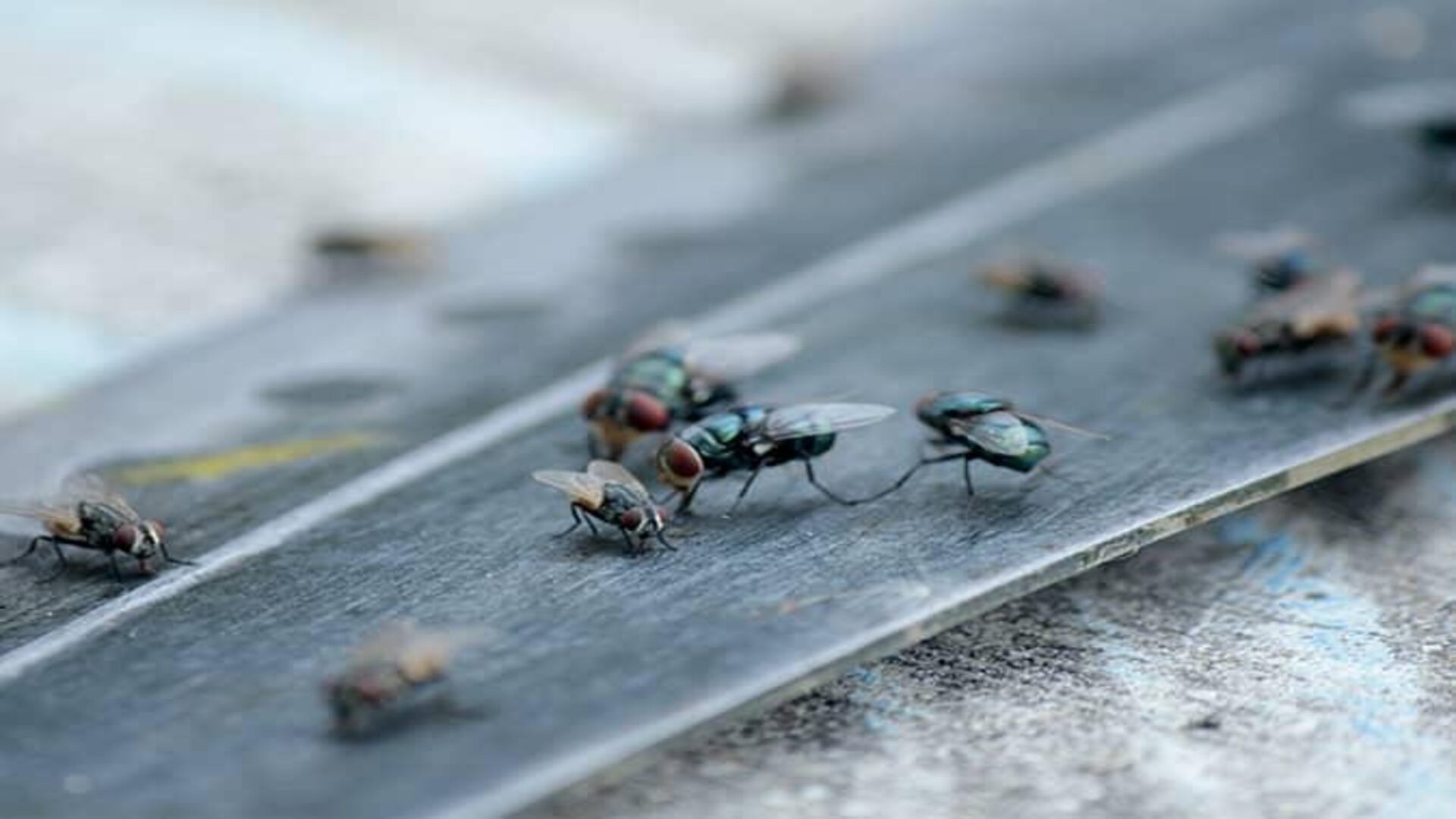

Not getting a solution?
Get your free pest control estimate today!Common Types of Flies
Flies are of various shapes, sizes, and colors, with some species being harmless while others are known for their biting and disease-spreading tendencies. Here are the most common fly species you’re likely to encounter with their identification.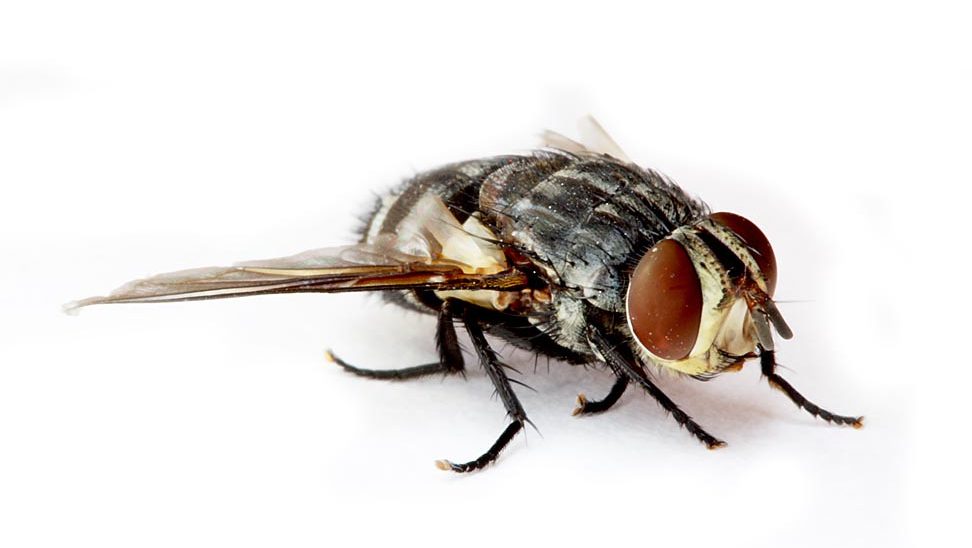
What Are Sand Flies?
Sand flies are notorious for their painful bites and ability to transmit diseases like leishmaniasis. These tiny insects thrive in sandy, coastal, and tropical areas.What Do Sand Flies Look Like?
-
Size: Small and delicate, about 1/16 inch to 1/8 inch.
-
Color: Light tan or pale brown, making them difficult to spot.
-
Key Features: Hairy bodies, long legs, and wings held in a “V” shape when at rest.
-
Shape: Slender, elongated bodies with a compact, lightweight appearance.
What Are Dog Flies and Cat Flies?
Dog flies and cat flies resemble house flies but exhibit distinct behaviors. Dog flies are known for their aggressive bites, while cat flies are less harmful but still a nuisance, often found near pets and waste.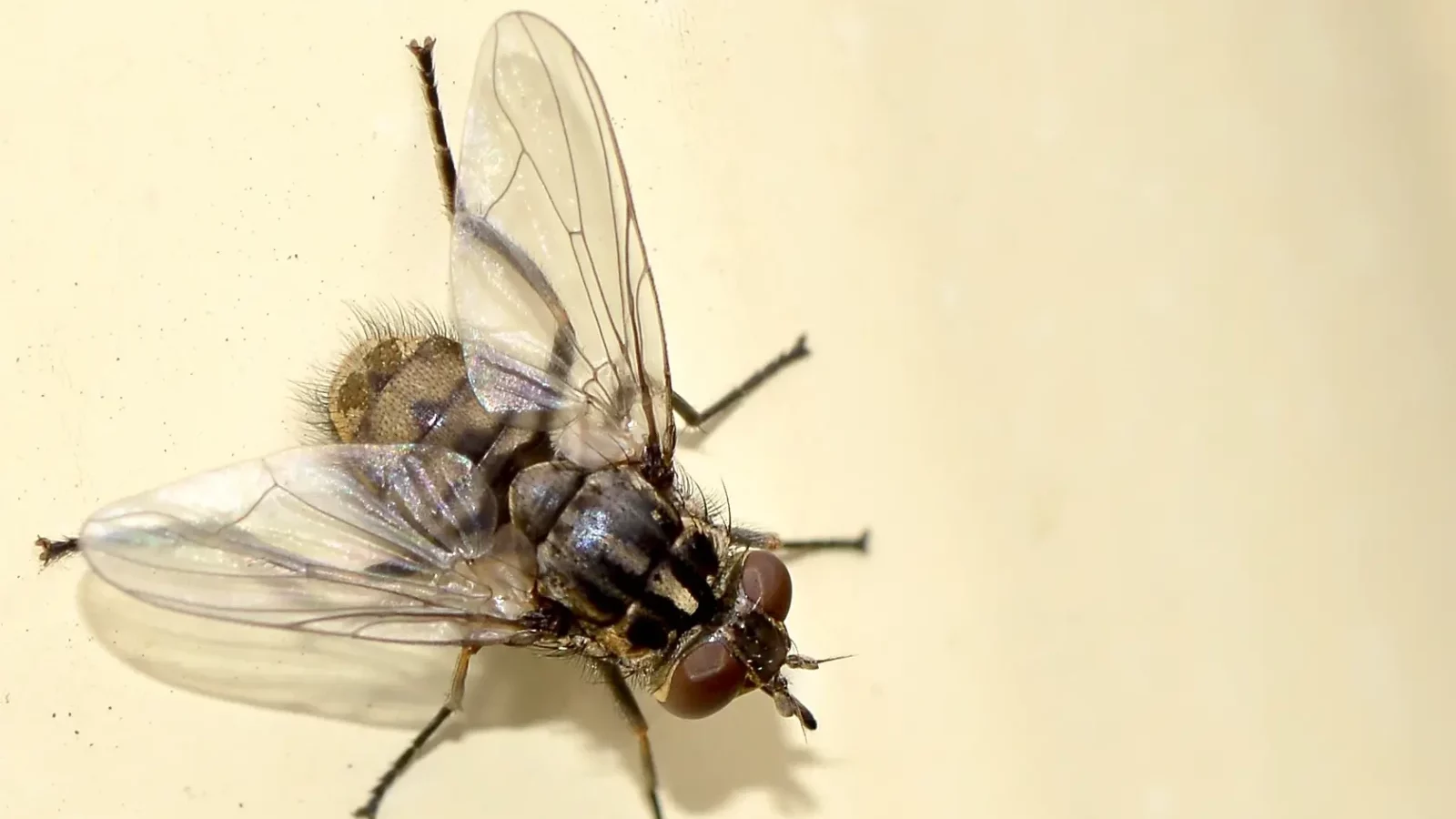
What Do Dog Flies Look Like?
-
Size: Slightly larger than house flies.
-
Color: Grayish with dark stripes on the thorax.
-
Shape: Robust, compact bodies resembling house flies.
-
Key Features: House fly-like appearance but with a bulkier build.
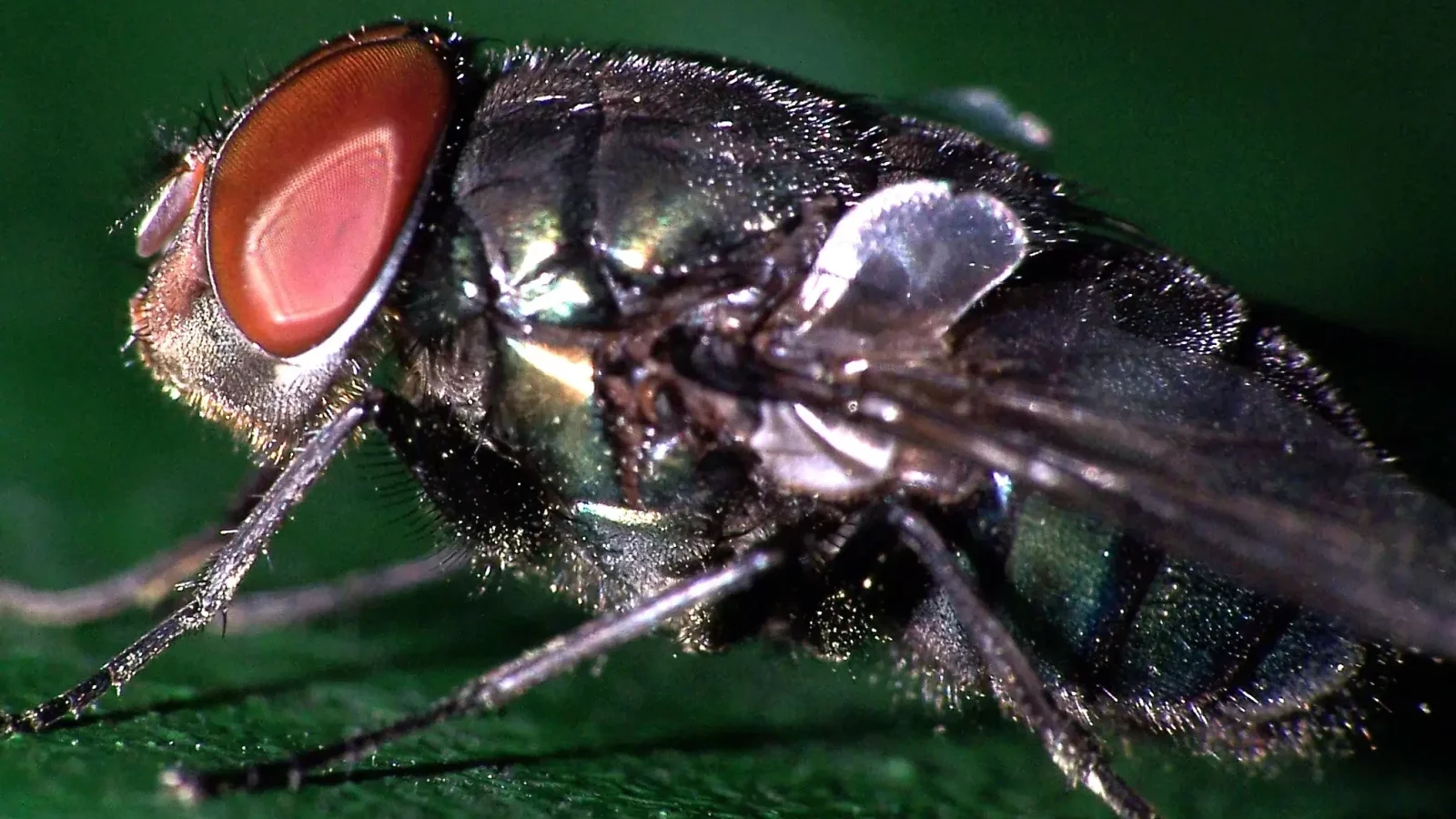
What do Cat Flies Look Like?
-
Size: Similar to house flies but smaller.
-
Color: Dull gray or brown.
-
Shape: Slender, lightweight bodies with a more delicate frame than dog flies.

What Are Horse Flies?
Horse flies are large, fast-flying insects notorious for their painful bites. While they primarily target livestock like horses and cattle, they are also known to bite humans. Their strong flight capabilities and sharp mouthparts make them a persistent nuisance in outdoor areas.What Do Horse Flies Look Like?
-
Size: Large, about 0.5 to 1 inch in length.
-
Color: Dark brown or black with iridescent green or golden eyes.
-
Shape: Broad, robust bodies with a powerful, aerodynamic frame.
-
Key Features: Large compound eyes, strong biting mouthparts, and powerful flight, allowing them to chase and bite moving animals.
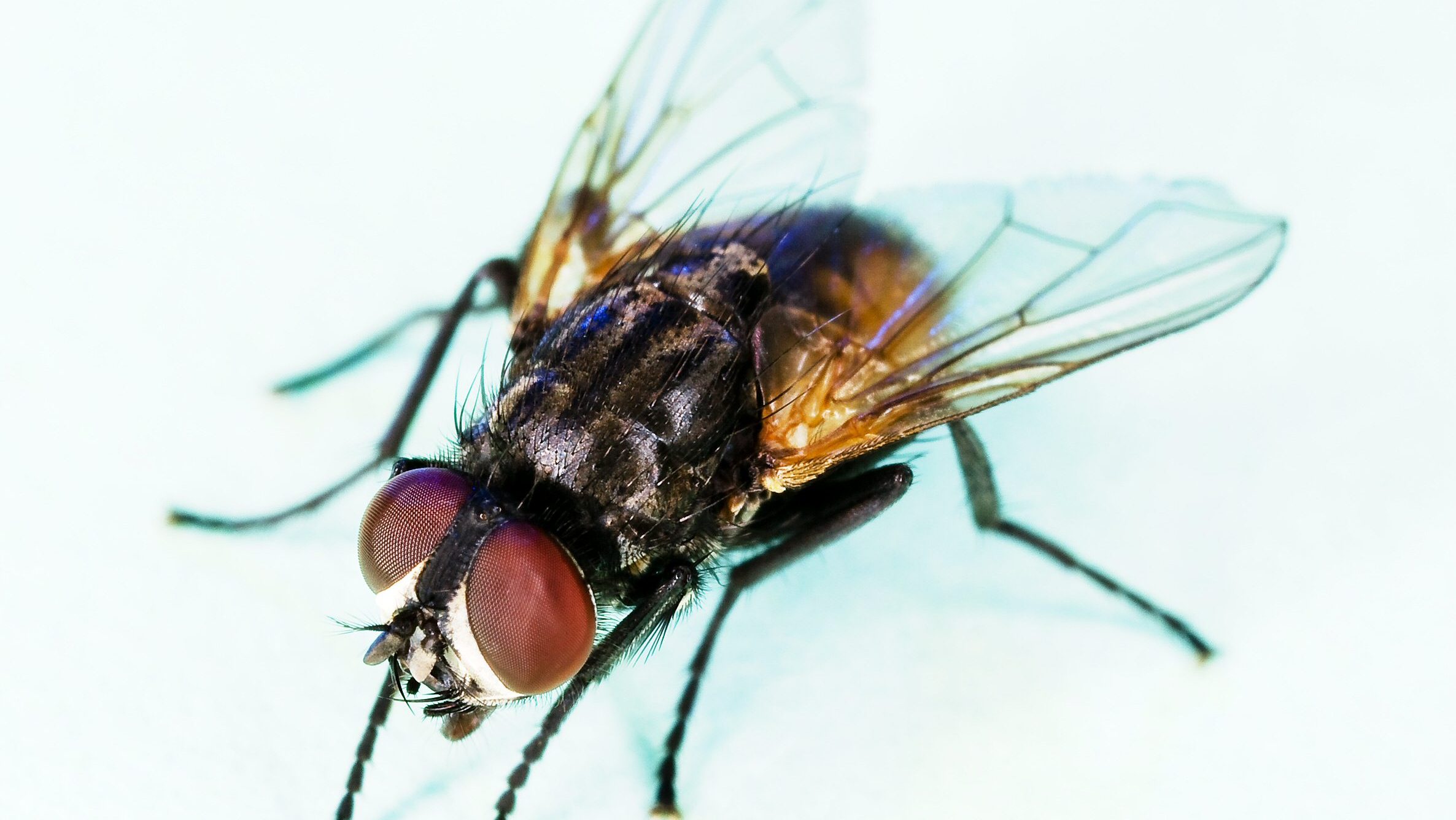
What Are House Flies?
House flies are the most common fly species, frequently found in homes, restaurants, and areas with waste or decaying organic matter. Their presence is a nuisance and a potential health hazard due to their role in spreading diseases.What Do House Flies Look Like?
-
Size: Medium, about 1/4 inch in length.
-
Color: Gray and have four black stripes on the thorax.
-
Shape: Compact, lightweight body with broad wings and a round thorax.
-
Key Features: Red compound eyes, transparent wings, and fast, erratic flight patterns.
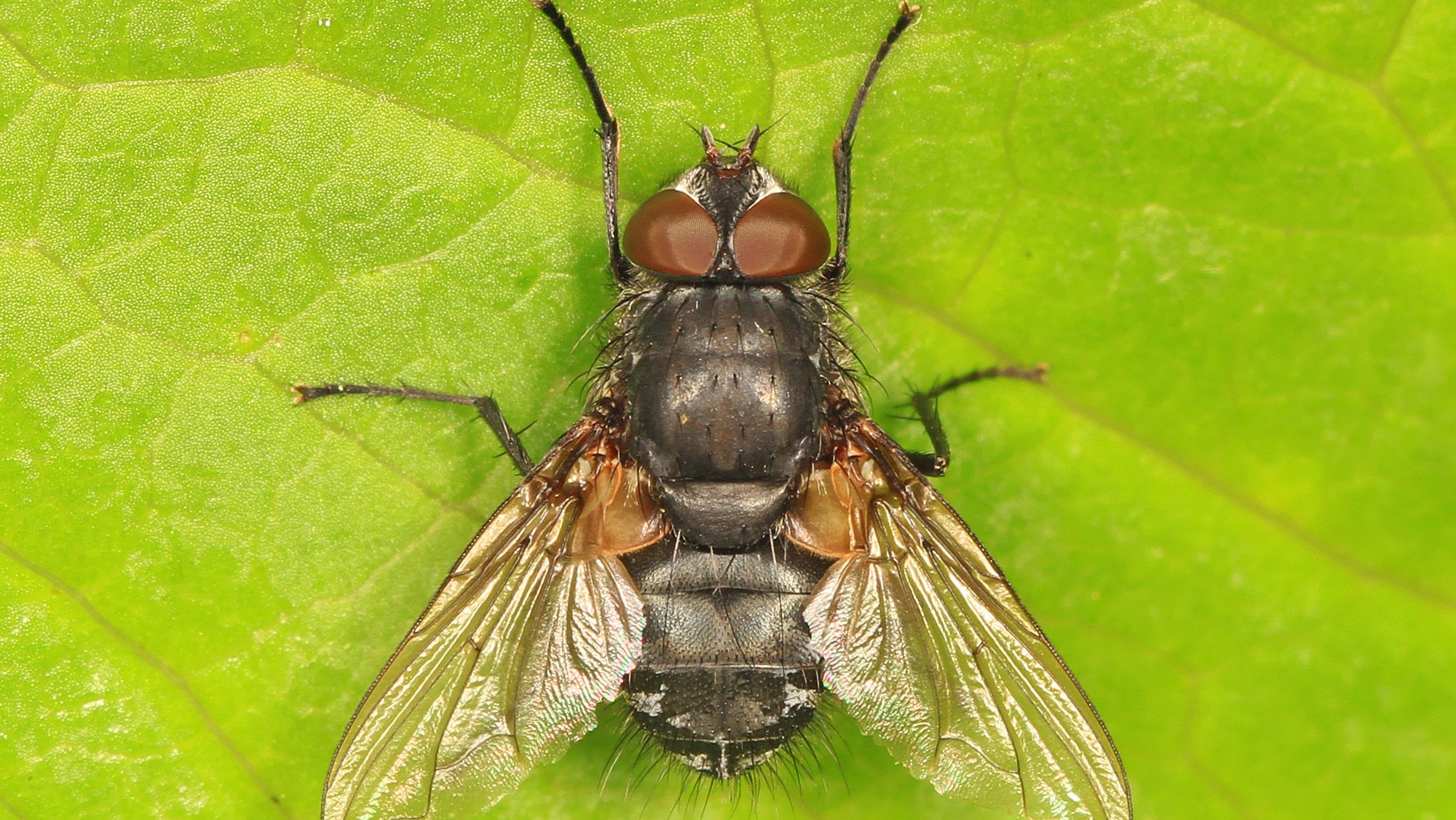
What Are Cluster Flies?
Cluster flies are bigger than house flies in size and often gather in large groups indoors during cooler weather. They are commonly found in attics, basements, and near windows.What Do Cluster Flies Look Like?
-
Size: Slightly larger than house flies, about 1/3 inch in length.
-
Color: Dark gray with golden hairs on the thorax.
-
Shape: Plump, oval-shaped body with slow, sluggish movements.
-
Key Features: Move slowly and are often seen clustering around windows and attic spaces.
Where Do Flies Live?
Flies thrive in diverse indoor and outdoor environments, with habitats varying by species. Indoors, house and fruit flies are found in kitchens near food waste, while drain flies breed in bathroom moisture. Cluster flies hibernate in attics, basements, and window frames during colder months. Outdoors, flies like dog, horse, and fruit flies inhabit gardens, lawns, and water sources. Compost piles and manure also serve as breeding sites for many fly species. Check out our Flies Control and Treatment Methods to protect your home from pests.Where Do Flies Hide?
Flies are skilled at hiding in small, hard-to-reach spaces, making them difficult to eliminate. Common hiding spots include behind curtains and blinds, under furniture, and within cracks and crevices. They are also known to take shelter in wall voids, attics, and basements, especially during cooler months when they seek warmth and protection from the elements. By doing these things, they are able to increase their longevity and can live longer .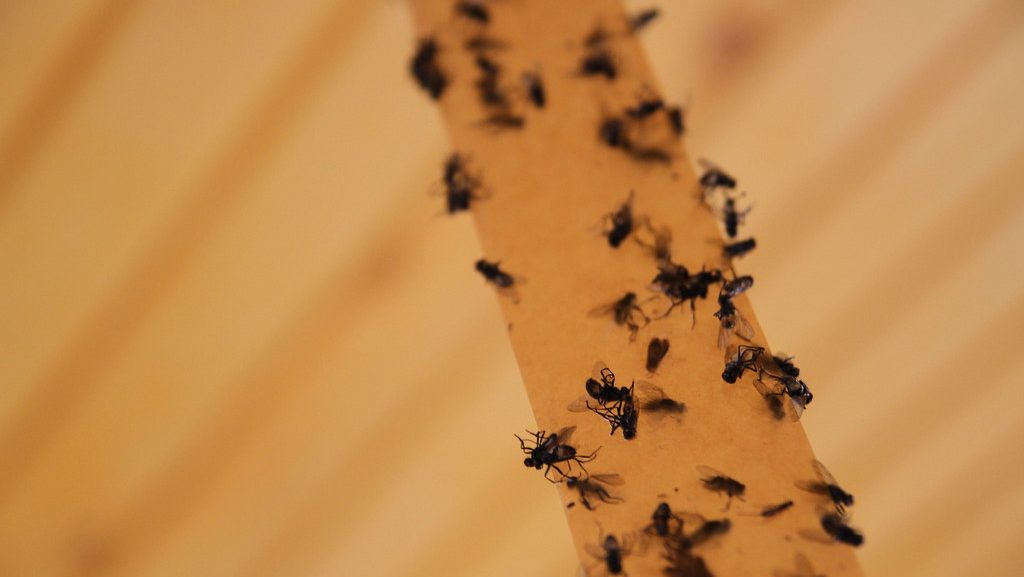
How to Prevent Flies Infestation?
Keeping flies out of your home requires a mix of cleanliness, exclusion, and natural repellents. Here are some fly prevention methods:Tips to Prevent Flies
-
Remove standing water, clean pet waste, and empty garbage bins to eliminate breeding grounds.
-
Close any cracks and gaps around windows, doors, and foundations to block fly entry points.
-
Install fly screens on windows and vents, and use weatherstripping and door sweeps for extra protection.
-
Use natural repellents like citronella, peppermint, and eucalyptus on window sills and door frames.
-
Clean surfaces regularly, wash pet bedding, and disinfect drains to eliminate fly-attracting odors.
Myths and Facts About Flies
Flies are often misunderstood, leading to several myths about their behavior and impact. Here are some common misconceptions and the facts that debunk them:| Myth | Fact |
|---|---|
| All flies are the same. | Different fly species have distinct appearances and behaviors. |
| Flies only live in dirty environments. | Flies can live in various environments, not just dirty ones. |
| Sand flies are not harmful. | Sand flies can transmit diseases like leishmaniasis. |
| Dog flies only affect animals. | Dog flies can also bite and irritate humans. |
| Horse flies are harmless. | Horse flies are known for their painful bites and can be a nuisance. |





